
 |
|
'Tektite'
is the generic name for glassy minerals formed by the impact of a comet,
asteroid or meteoroid
|
|
Egyptian
/ Libyan Desert Glass is found in the Gilf-el-Kebir, a remote
region The
picture on the right shows a scarab carved from Libyan Desert Glass,
|
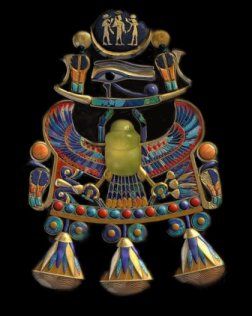 |
|
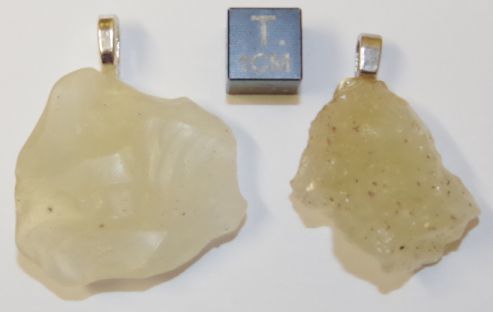 |
The
two pendants on the left are 8.1 g
The
two larger pendants on the right |
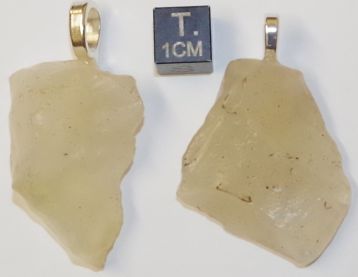 |
 |
The
masses of thes pendants
As
always, each pendant is supplied |
 |
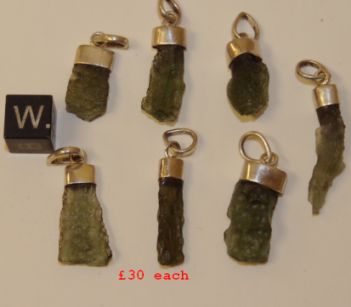 |
Another
cometary impact created
twin craters at Ries and Stenheim in Germany: iron-tinted green glass was projected into the valley of the Moldau River, where it is mined, in decreasing amounts, as Moldavite. Increasingly rare - and frequently faked - these will be our last available items. |
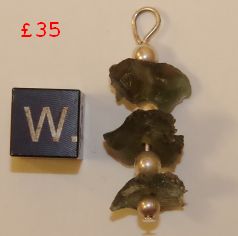 |